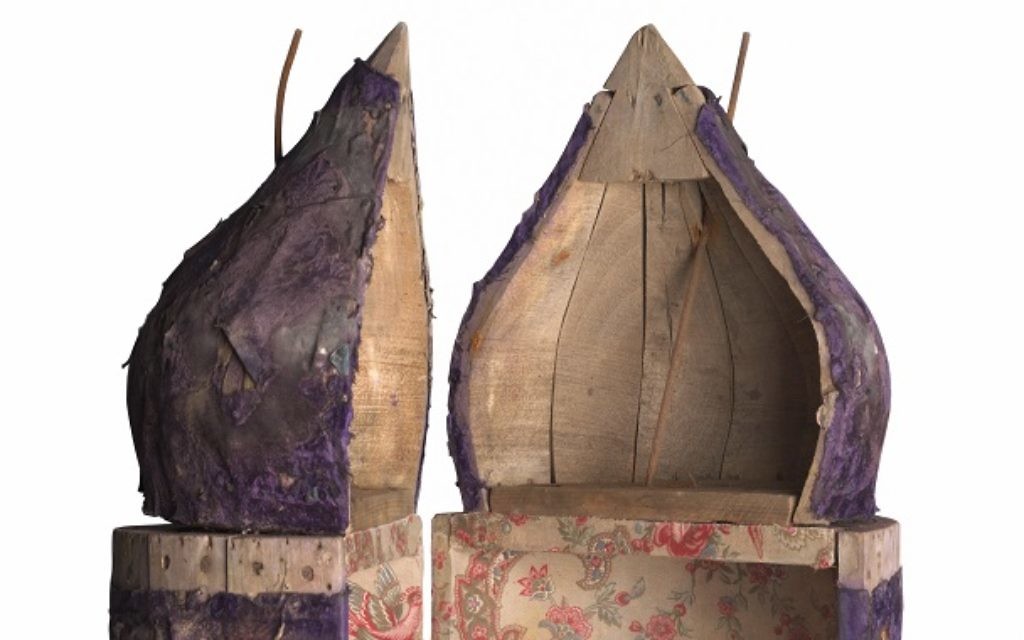Recognizing Miracles in This Biblical Flood
The what-ifs are amazing in the story of Jewish artifacts rescued from Iraq in 2003.
I first entered the gates of the Jewish Theological Seminary the summer before the new library building was dedicated. The tower that formerly housed the stacks was still closed. It had been 20 years since the fire.
My professors, who were themselves students in 1966, told us stories of how the entire neighborhood came together to rescue the damaged books. Not long after I began my studies in the rabbinical school, “Fire! The Library Is Burning” was published, and the oral history was now accompanied by photographs of the courtyard filled with books drying in the sun.
As I enter the exhibit at the Breman Museum, my mind is filled with thoughts of how quickly fire can consume a building and how, almost as quickly, water can destroy paper.
Get The AJT Newsletter by email and never miss our top stories Free Sign Up
It takes about an hour to view the “Discovery and Recovery: Preserving Iraqi Jewish Heritage” collection with a docent, who explains how this treasure-trove of more than 2,700 Jewish books and tens of thousands of documents was discovered and recovered from a flooded basement in Saddam Hussein’s intelligence headquarters in May 2003, how it arrived in the United States and was restored over the course of a decade at the National Archives in Washington, and how Iraqi Jews living here and in Israel are working to keep it from being returned to Iraq and instead to find it a permanent home.
The exhibit both captivates my attention and ignites my imagination:
- What if a pipe had not burst and the materials not floated in the floodwaters?
- What if soldiers had not been looking for weapons of mass destruction in Iraq?
- What if experts had not been consulted and offered instructions on freezing the moldering books and papers?
Only a series of unfortunate, and sometimes fortunate, events led to this moment 15 years later of our viewing the exhibit.
Only the Yiddish word beshert fully captures the experience of examining the brittle parchment of an Iraqi Torah fragment and learning that dozens of destroyed sifrei Torah are now buried in a Jewish cemetery on Long Island, not far from where my grandparents, who hailed from long-forgotten towns in Eastern Europe, are also buried.
There is still time to see the exhibit before it leaves Atlanta on Sunday, April 29, for its next stop on the tour. I highly recommend visiting in person.
However, if you miss it, don’t despair. The story of the flood that nearly destroyed these books and documents, which now form the Iraqi Jewish Archive, is preserved digitally. Perhaps the technological advances that allowed the recovery of this chapter of Jewish history can be viewed as a small consolation: The once-vibrant Jewish community of Iraq of the 15th to 20th centuries is remembered and honored in the 21st century.
Rabbi Pamela Jay Gottfried is the dean of Jewish studies at the Weber School and a Rabbis Without Borders fellow.





comments